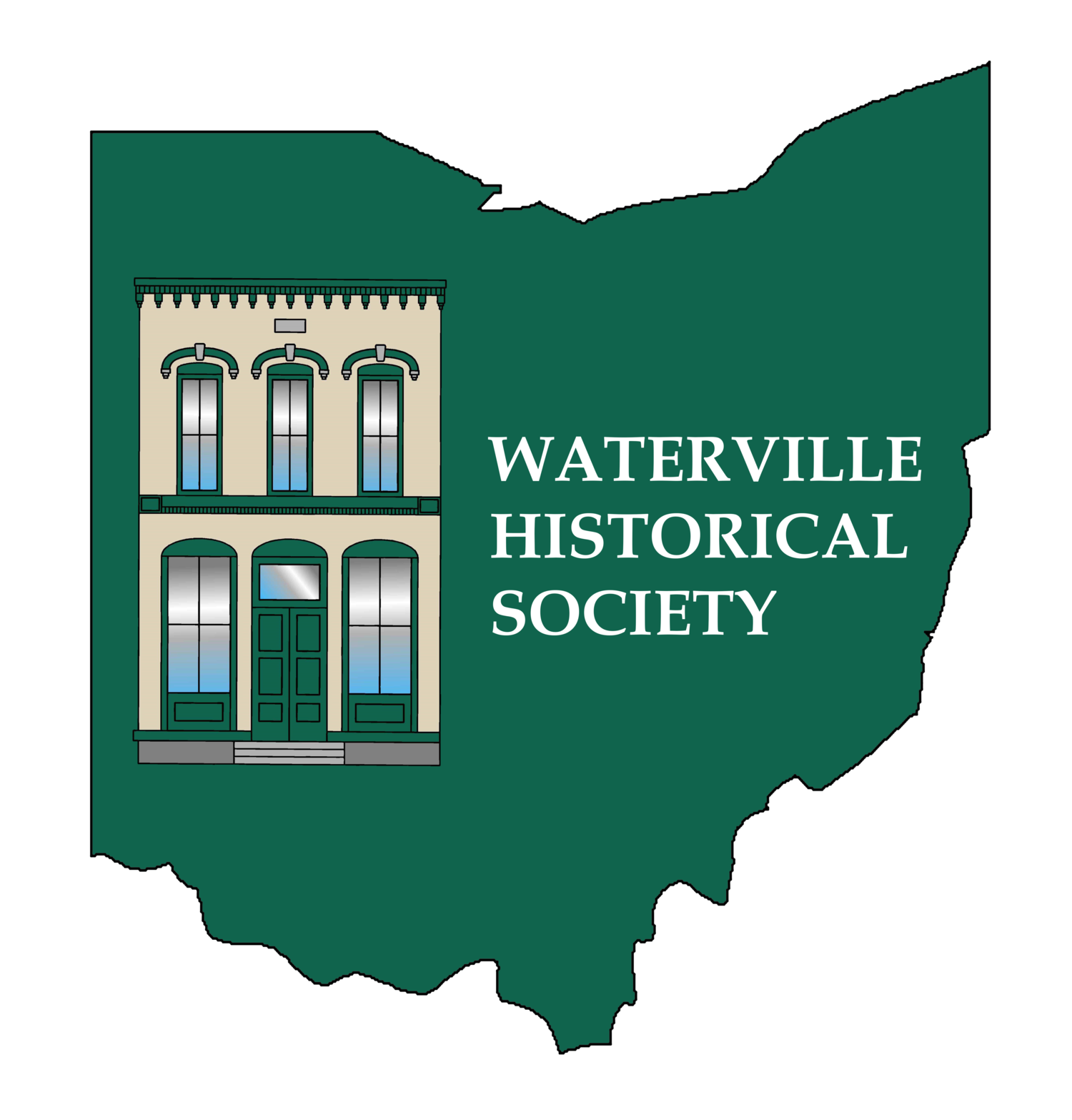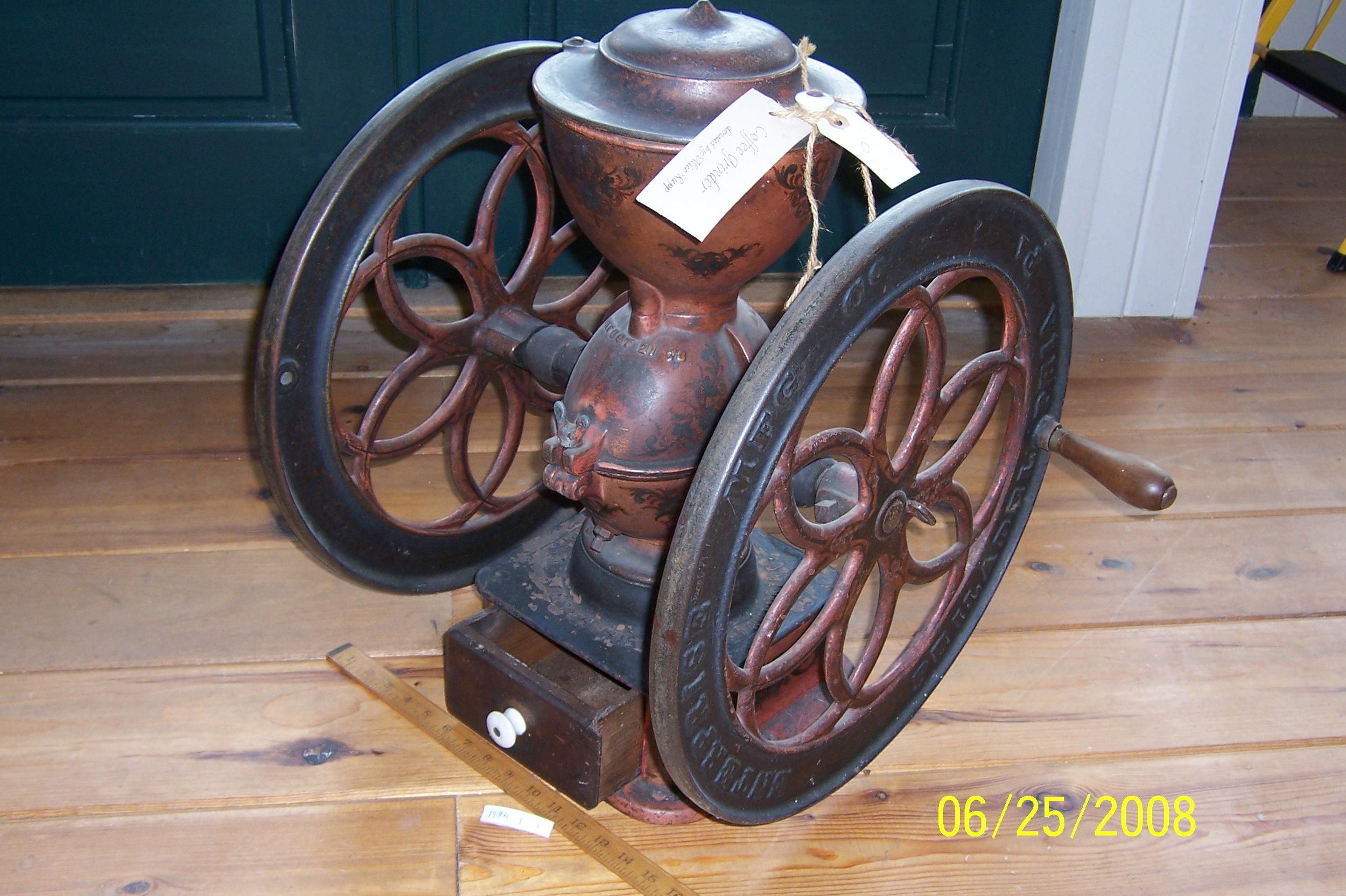To tell the story of the Toledo, Waterville & Southern Railway Co. (aka the “Pumpkin Vine”) interurban, we need to start at the very beginning. Keep in mind this is not the Ohio Electric Railway that ran across the Maumee River on the old concrete interurban bridge by the Roche de Boeuf rock. We will talk about that interurban line later.
In July of 1887, The Toledo & Maumee Valley Railway Co. was formed by A. K. Detwiler, G. G. Metzger, G. K. Detwiler and C.P. Griffin (dba the Detwiler & Metzger syndicate.) In April of 1896, the Toledo, Bowling Green & Fremont Railway Company was formed by the King-Tracy syndicate. This line will run from Perrysburg or Maumee to Bowling Green, Pemberville, Gibsonburg and Fremont. In 1897, the Toledo & Maumee Valley Railroad leased the Toledo, Bowling Green & Fremont Railway line and operated them both as part of its own system. This was done to increase the growth of the electric railway systems with Toledo as the central point for all the railway lines. On January 21, 1901, the “Pumpkin Vine” was incorporated with $25,000 in capital stock. The Toledo, Waterville & Southern Railway Co. was a subsidiary of the Toledo & Maumee Valley Railway Co.
The new Toledo, Waterville & Southern Railway Co. proposed to build and operate an electric railway following the Maumee River with stops in Toledo, Maumee, Waterville, Grand Rapids, Napoleon and Defiance. However there was one problem that had to be resolved. The Toledo, Napoleon & Defiance Railway was being incorporated on the same day, January 21, 1909. Both lines immediately engaged in a heated rivalry for the franchises from the various towns that the line would serve. A franchise is the permission from a town or city to lay track and operate them in accordance with the terms of the franchise agreement. The fare amounts to be charged are also set within the franchise agreement.
Let’s go back to January 3, 1901, when the village of Waterville received applications from Abraham K. Detwiler (dba Toledo, Waterville & Southern Railway Co.) and William R. Hattersley (dba Toledo, Napoleon & Defiance Railway) to construct, maintain and operate an electric street railroad with the necessary equipment on and along Main Street (River Road) in the Village of Waterville, Ohio. A sealed proposal with a deposit of $2,500 had to be submitted by January 28, 1901. Abraham K. Detwiler was awarded the franchise with a 25-year lease by the Waterville Village Council. On October 14, 1901, an ordinance was passed by the village of Waterville to grant “The Toledo, Waterville & Southern Railway Company, it’s successors and assigns, the right to lay, construct, maintain and operate a railroad, to be operated by electricity or other motive power, except steam, in, along and upon a certain street herein after described, in the Village of Waterville, Lucas County, Ohio. Passed and signed by G. T. Ging, Mayor.”
With all the new interurban/street car companies being formed in the Toledo, Ohio, area in the late 1800s and early 1900s, changes were on the horizon for the electric lines. The Toledo, Waterville and Southern Railway, the Toledo, Bowling Green & Fremont Railway and the Toledo and Maumee Valley Railway did not go unnoticed. Henry A. Everett and Edward W. Moore from Cleveland, Ohio entered into the picture. They were both active since 1895 when they built the Akron Bedford and Cleveland Railroad. It served in a populous area and proved to be profitable for them. They formed the Everett-Moore Syndicate in 1899, with several of the directors and officers of the Cleveland Electric Railway Co. At this time, they were the largest syndicate building and operating interurban railways. They were also in the process of expanding toward Toledo and Detroit.
They controlled 1,200 miles of interurban electric railways. The syndicate owned outright or controlled vast local and long-distance telephone systems in Ohio. In December of 1901, the Toledo, Waterville and Southern Railway (Pumpkin Vine), Toledo, Bowling Green & Fremont Railway and the Toledo and Maumee Valley Railway were sold to the Everett-Moore Syndicate. The new electric railway line that was formed from the sale was named the Maumee Valley Railway and Light Co. It was organized with a capitalization of $1,000,000 to take over and operate the 36 miles of electric railways. The electricity to power the railway was purchased from The Toledo Railways and Light Co. With the consolidation of all three electric lines it would mean more improved car service and freight hauling with a better system of car transfers between the various interurban railway lines.
At this time the Maumee Valley Railway and Light Co. had begun operating the “Pumpkin Vine” interurban. The “Pumpkin Vine” got its moniker because of its twisting, turning corkscrew tracks paralleling the Maumee River between Maumee and Waterville. It was still only extended into Waterville and ended at River Road and Mechanic St. There were plans at one time for it to go across the Maumee River at Waterville, but that never happened. Since there was no loop or way to turn the car around, the line used doubled ended cars. The motorman and conductor had to go to the back end of the car and go reverse of the route. Over the years the people of Waterville found the Pumpkin Vine interurban to be a convenient way of commuting to Maumee, Toledo, Perrysburg and other towns by transferring to different lines. It ran each hour between Waterville and Maumee.







